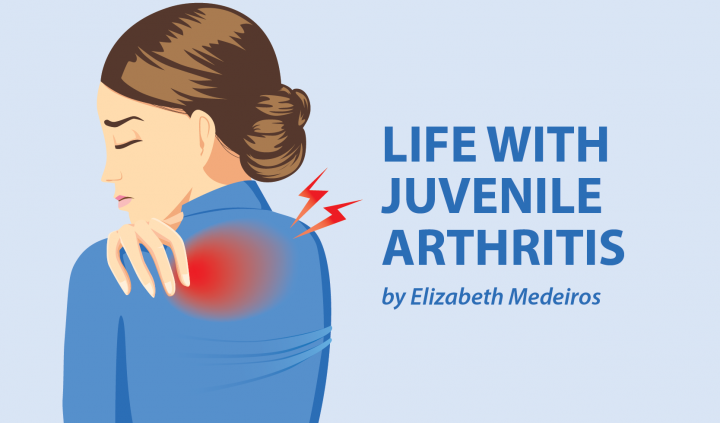With Rare Disease Day around the corner, I have been reflecting on how uncommon it is to have my diagnosis. Juvenile arthritis (JA) affects about 300,000 kids in the U.S., but there are many subtypes within that group. I have juvenile psoriatic arthritis, which is one of the least common.
I am rare, and there have been many times when I’ve felt it. Few people understand my unique needs. I even have a hard time finding doctors who understand my condition. The invisible nature of juvenile psoriatic arthritis doesn’t help. I am thankful that I can hide my disease when I want to, but it can make it hard for others to be empathetic.
When I went to JA camp, I still felt somewhat alone. Despite being surrounded by kids with the same illness, I was the only one I knew with my subtype. I know it’s silly, but I was jealous of the other kids who had common types of JA with classic, telltale symptoms. I was the only teen girl who went years without a diagnosis and was struggling with psoriatic nails and enthesitis. I needed a friend who could relate.
Turning to the web
Google searches don’t always connect us with what we need. For years, I searched my issues and would find them referenced in passing on medical websites. But there were few personal experiences.
As a teenager, I started going out of my way to write about my unique experiences. I poured out my heart about everything from my symptoms to the poorly reported medication side effects that I had experienced. I didn’t do it to scare people or to get attention — I just wanted others to know they weren’t alone in this big world.
Blogging became a wonderful outlet and connected me to others going through similar things. Eventually, I started using social media and found a community of chronic illness bloggers. Every so often I come across someone with the same disease.
I’ve branched out beyond the arthritis community and made friends with people with other rare diseases. While our symptoms aren’t the same, we relate in many ways. Mostly, it is our desire to be understood. These friends give me hope and make me feel less alone.
Still unique
I’m rare. I always will be in some ways. I’m no longer a child with an uncommon form of JA, but an adult with a juvenile-onset disease. My future is still unknown. But thanks to the wonderful rare disease community, I have hope for tomorrow.
***
Note: Juvenile Arthritis News is strictly a news and information website about the disease. It does not provide medical advice, diagnosis, or treatment. This content is not intended to be a substitute for professional medical advice, diagnosis, or treatment. Always seek the advice of your physician or other qualified health provider with any questions you may have regarding a medical condition. Never disregard professional medical advice or delay in seeking it because of something you have read on this website. The opinions expressed in this column are not those of Juvenile Arthritis News, or its parent company, BioNews Services, and are intended to spark discussion about issues pertaining to juvenile arthritis.

